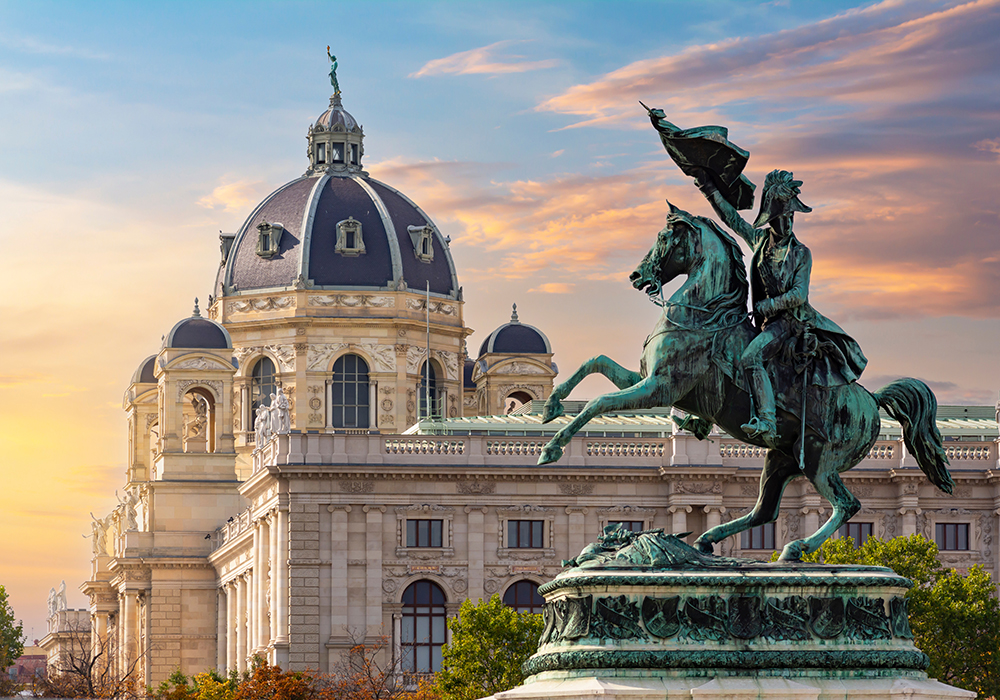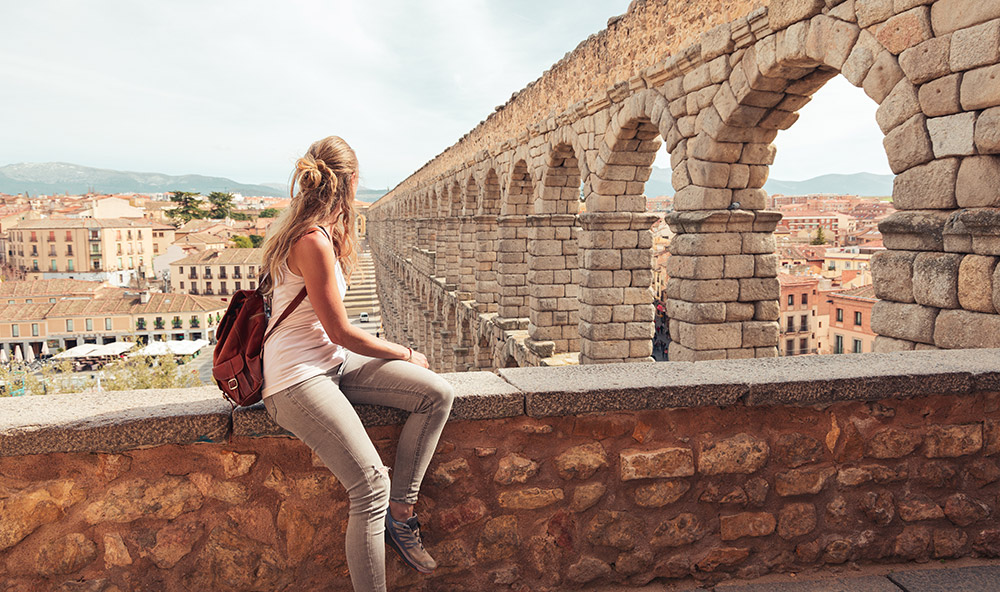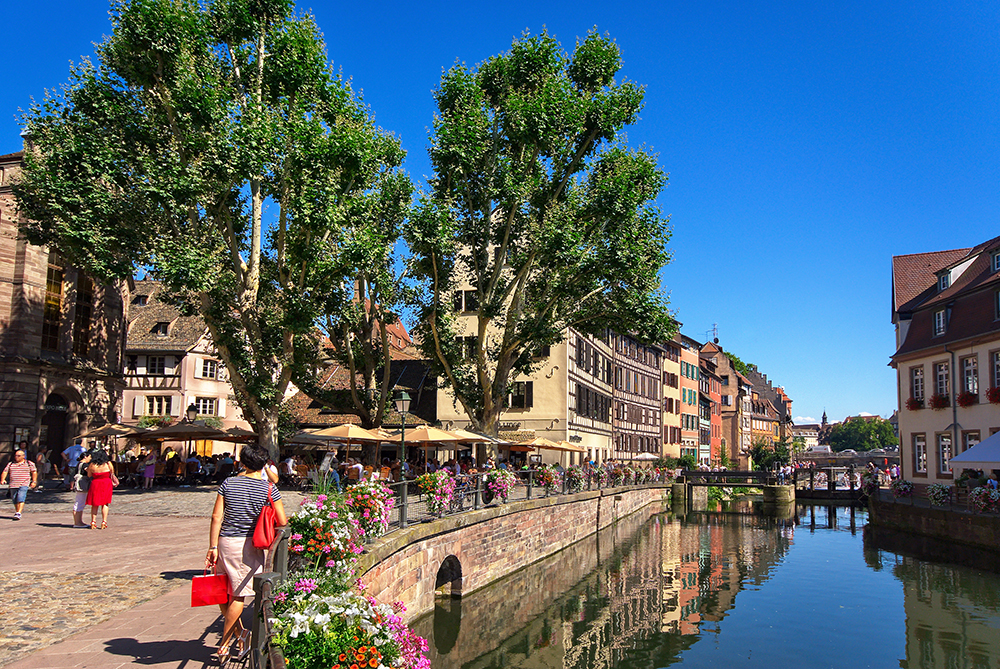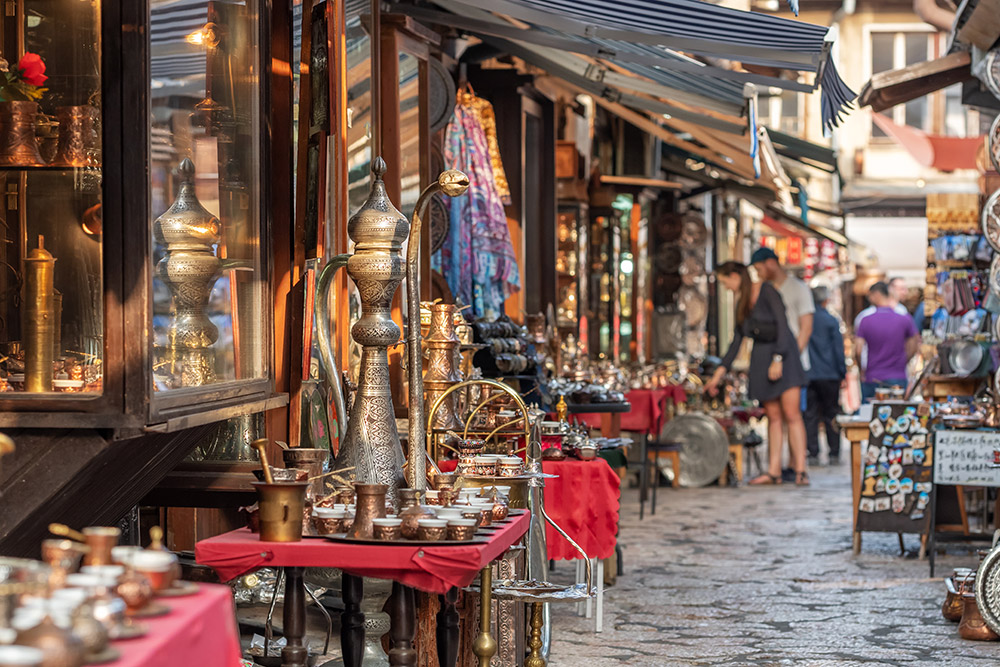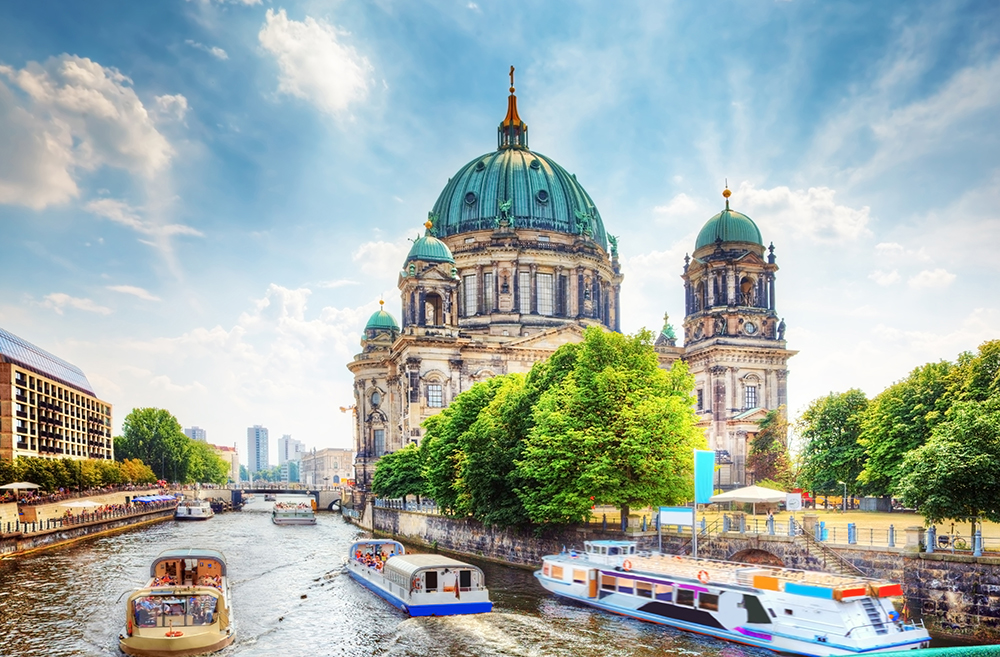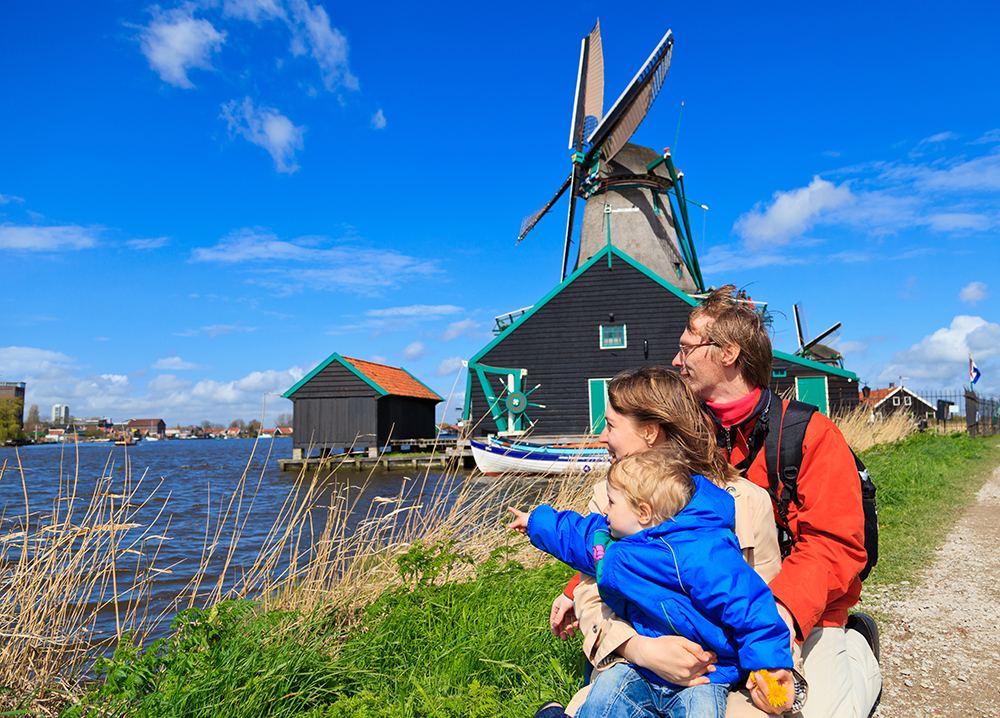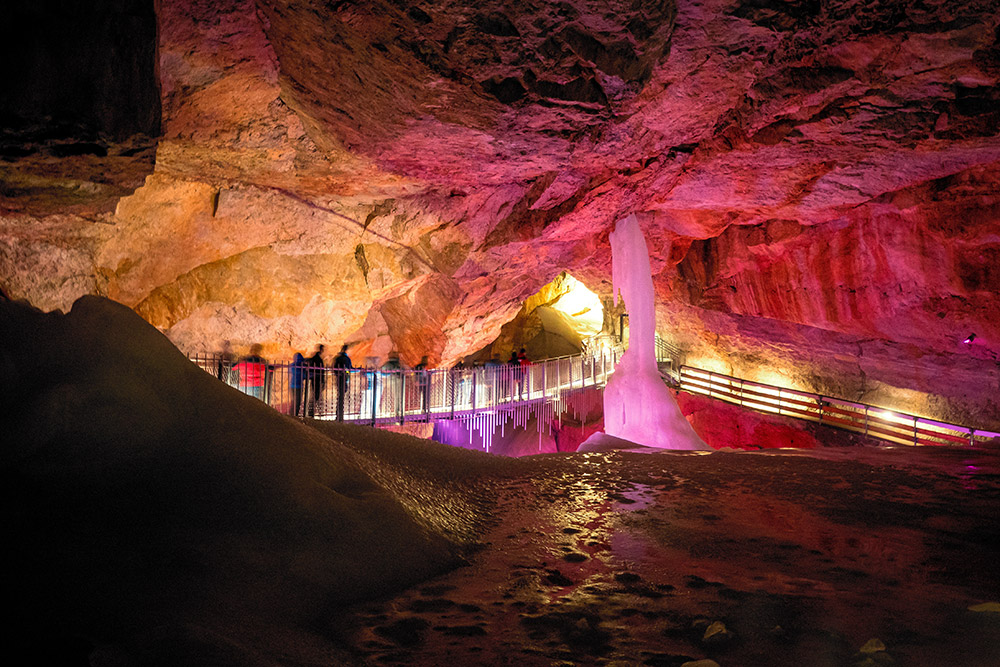This 6-night/7-day culinary tour of Israel offers the opportunity to explore the country’s historical and cultural highlights as well as to experience its unique culinary fusion. Israeli cuisine is a vibrant mosaic of flavors, textures, and traditions, reflecting the rich history and diverse heritage of the region. Immigrants from all corners of the globe have brought their culinary influences, creating a unique and exciting food scene. From fresh Mediterranean ingredients to aromatic spices, prepare to discover a world of culinary delights.
Popular itinerary for a journey through Israel’s cuisine, culture and history:
This tour covers approximately 500 miles, starting and ending in the coastal city of Tel Aviv.
Day 1: Tel Aviv & Jaffa
Start your day with a visit to Jaffa, an ancient city with a rich history dating back thousands of years. Over the centuries, Jaffa’s port served as an important gateway for pilgrims traveling to the Holy Land.
Embark on a leisurely walking tour, starting at the iconic Jaffa Clock Tower, a landmark that is sure to catch your attention. Ascend the hill to explore St. Peter’s Church, believed to be built on the site where the Apostle Peter experienced his transformative vision, as recounted in the New Testament.
Continue your stroll to Kedumim Square and the Wishing Bridge, a romantic spot offering picturesque vistas of the sparkling Mediterranean Sea. Wander through the restored alleys of the Old City, each named after a zodiac sign. Don’t miss the whimsical hanging Orange Tree by Ran Morin, a renowned Israeli artist. For a deeper dive into Israeli art, visit the Ilana Goor Museum nearby.
For those seeking vintage finds, fashion treasures, or unique souvenirs, a visit to the nearby Flea Market (Shuk Hapishpeshim) is a must. Immerse yourself in the vibrant atmosphere and eclectic mix of shops and stalls. Here, you can also savor the delectable flavors of Israeli fusion cuisine, often boasting a delightful Mediterranean touch.
It’s recommended to park your car at the Hatachana (The Old Train Station) and explore on foot. Continue north to explore the Carmel Market (Shuk HaCarmel), Tel Aviv’s largest marketplace. The market has a vibrant atmosphere, filled with colorful stalls selling fresh produce, spices, baked goods, clothing, and souvenirs. Nearby, Nahalat Binyamin, a pedestrian mall, comes alive with an arts and crafts fair every Tuesday and Friday, offering a treasure trove of local creations.
Spend the night in Tel Aviv.
Day 2: Tel Aviv, continued
Today’s walking tour will take you through some of Tel Aviv’s most vibrant areas. Start with a leisurely stroll through the charming neighborhood of Neve Tzedek and the recently renovated park on the site of the old train tracks. This path leads to the iconic Rothschild Boulevard, the birthplace of Tel Aviv in 1909. Here, you’ll find the house where the State of Israel was declared in 1948. Marvel at the surrounding grand Bauhaus architecture, a legacy of Jewish architects who fled Nazi Germany in the 1930s, and a key factor in Tel Aviv’s nickname “The White City.” As you continue along Rothschild Boulevard, you’ll encounter the cultural heart of Tel Aviv, including the esteemed Habima National Theatre and the home of the Israel Philharmonic Orchestra.
Sign up for a food tasting tour at the lively Levinsky Market or explore the vibrant street art scene with a graffiti tour in the Florentin neighborhood. Sarona, located in the heart of Tel Aviv, is a historic neighborhood with a rich cultural heritage.
Explore vibrant Dizengoff Square and Dizengoff Street, Tel Aviv’s bustling shopping and entertainment area, and enjoy the vibes of the city in one of the many cafes along the way.

Take a break from the hustle bustle of the city at Tel Aviv’s beautiful beachfront promenade beckons. Enjoy a leisurely stroll or scenic bike ride along the boardwalk, which also leads you to another lively area – the old Tel Aviv harbor in the city’s north.
Spend the night in Tel Aviv.
Day 3: The Judean Foothills & Jerusalem
Depart from Tel Aviv on Highway 1, heading towards Jerusalem. On route, you’ll catch a glimpse of the picturesque Judean foothills, home to several excellent wineries. Consider a detour to visit the unique Sphera winery, celebrated for its exquisite white wines. Another gem is the Mony winery, where breathtaking views of the Sorek Valley complement a delightful wine tasting paired with local cheeses.
For a truly unique experience, venture off the beaten path to a buffalo farm to learn about the world of dairy production, or stop at the Iza Pziza Goat and Dairy Farm, where you can learn about the fascinating world of goats, cheese making, and milk.
Visit the Trappist Monastery in Latrun, which boasts its own winery, and continue to the picturesque hillside town of Ein Kerem in the Judean Hills. Yad Vashem, the World Holocaust Remembrance Center, is located in close proximity to Ein Kerem.
The New City of Jerusalem, also known as West Jerusalem, stands in striking contrast to the Old City. Sprawled outside the walls of the Old City, the New City, established in the late 19th and early 20th centuries by Jewish immigrants, showcases Israel’s modern spirit and thrives as a center of urban development. Admire the modern governmental institutions such as the Knesset and the Supreme Court of Israel, while exploring cultural gems like the recently inaugurated National Library of Israel. West Jerusalem is a bustling hub of commerce, with modern shopping malls, markets, restaurants, and cafes catering to residents and tourists alike.
Immerse yourself in the sights, sounds, and aromas of the iconic Machane Yehuda Market. Towering displays of fresh produce burst with color, while the air is filled with lively banter and the enticing fragrance of spices. Explore the market’s hidden gems – from renowned upscale restaurants to traditional eateries, you’ll discover a delectable fusion of culinary experiences. In the evening, the market transforms into a bustling hub of nightlife, perfect for soaking up the local atmosphere.
No visit to Jerusalem’s New City is complete without exploring the renowned Israel Museum. This world-class institution houses a vast collection of art and artifacts, including the awe-inspiring Shrine of the Book, where the Dead Sea Scrolls, a priceless window into the past, are meticulously preserved.
Spend the night in Jerusalem.
Day 4: Jerusalem, continued
Start with a view point located on the Mount of Olives, east of the Old City, offering stunning views of the Old City. The Mount of Olives is steeped in religious significance, particularly for Christians. Most important is the Church of All Nations in the Garden of Gethsemane, where Jesus spent his last night before being captured. Another recommended outlook is Mount Scopus, home of the Hebrew University.
Explore the winding streets and sacred landmarks of the Old City of Jerusalem, a UNESCO World Heritage Site. Among the must-visit sites are the revered Church of the Holy Sepulchre and the iconic Via Dolorosa. Regardless of faith, a visit to the Kotel, or Western Wall, is essential, symbolizing one of the last remnants of the Temple Mount’s supporting walls. Explore the Dome of the Rock and Al-Aqsa Mosque, located within the revered Temple Mount, holding significance in the three major monotheistic religions: Judaism, Christianity, and Islam.

In the four quarters of the Old City you’ll have the opportunity to admire the grandeur of the many churches, synagogues, and mosques set amidst a vibrant atmosphere. Test your bargaining skills with friendly vendors offering a wide variety of local crafts and unique souvenirs.
In the evening, attend the Sound and Light Show at the Tower of David, where Jerusalem’s history unfolds against the backdrop of iconic landmarks.
Spend the night in Jerusalem.
Day 5: The Dead Sea
Head to the lowest spot on Earth, the Dead Sea, located about an hour’s drive from Jerusalem. En route, make a stop at Ein Gedi, a nature reserve nestled along the western shore of the Dead Sea. Here, you can hike scenic trails, swim in freshwater pools fed by natural springs, and encounter diverse wildlife, including ibexes, hyraxes, and various bird species.
Upon arriving at the Dead Sea, immerse yourself in the unique experience of floating on the sea and enjoy the remarkable effects of its high salinity. There are accessible public beaches at the northern as well the southern ends of the Dead Sea.
In the afternoon, visit Masada, a mountain fortress perched high above the Dead Sea in the Judean Desert. Take the cable car to the top and explore this UNESCO World Heritage Site, renowned for its stunning natural setting and well-preserved archaeological ruins. Discover King Herod’s palaces and learn about the historic siege and mass suicide of Jewish rebels in 73-74 CE.
Return to Jerusalem to spend the night.
Day 6: The Golan Heights, the Sea of Galilee, and Nazareth
Leave Jerusalem early and head back to the Jordan Valley along Road 90, which will lead you to the southern tip of the Sea of Galilee. Drive along the scenic route and climb up to the Golan Heights by car to reach the “Mitzpe Shalom” viewpoint. Continue to the town of Katzrin and the Golan Heights Winery or have a steak in Kibbutz Merom Golan next to Mount Bental.
The Golan Heights is home to high quality vineyards and several smaller excellent boutique wineries like the Pelter Winery. If you have a sweet tooth, stop for freshly made chocolate at the De Karina Boutique Chocolate Factory.
Visit the Sea of Galilee, also known as Lake Tiberias or Lake Kinneret, a body of water intimately linked with the life and teachings of Jesus Christ. Even if you’re not on a Christian pilgrimage, a visit to Capernaum, often referred to as the “town of Jesus,” is highly recommended. Explore the ruins of the ancient synagogue and the House of Peter, significant archaeological sites reflecting Jesus’ ministry in the Galilee. Enjoy a serene outlook over the Sea of Galilee from the Mount of Beatitudes, traditionally believed to be where Jesus delivered the Sermon on the Mount.

Venture deeper into the Galilee region and discover Safed (Tzfat in Hebrew), a city nestled in the picturesque hills. Renowned for its spiritual ambiance and connection to Jewish mysticism (Kabbalah), Safed offers a unique cultural experience. As you wander the narrow, cobbled streets of the Old City, breathe in the history and spirituality that permeate the air. The alleyways are lined with ancient stone buildings, many of which house historic synagogues that date back centuries.
Safed boasts a unique culinary tradition as well. For generations, the local Jewish community has perfected the art of Zfatit (or Tzfat) cheese, a semi-hard, salty cheese originally made from sheep’s milk. First created in Safed in 1840, this delectable treat continues to be produced by descendants of the original cheesemakers.
Continue on to Nazareth, one of the holiest cities in Christianity, as it was the childhood home of Jesus Christ and the place where he spent much of his early life. Today, Nazareth thrives as a vibrant city with a diverse Arab Christian and Arab Muslim population.
Nazareth holds not only spiritual attraction but also offers a delightful culinary adventure. Arab cuisine boasts a rich tapestry of flavors, with a special emphasis on the art of sweet treats. Indulge in the iconic Knafeh, a beloved Middle Eastern dessert made of shredded phyllo dough (kataifi) layered with soft cheese, usually Nabulsi or Akkawi, and soaked in sweet syrup, often flavored with rose or orange blossom water. Sample the Baklava, made from layers of thin pastry filled with chopped nuts, usually pistachios, walnuts, or almonds, and sweetened with syrup or honey.
Spend the night in Nazareth.
Day 7: The Western Galilee and the Mediterranean Coast
Venture off the beaten path to explore the Crusader City of Acre (Akko), a historic port city on Israel’s northern coast. Begin your tour by visiting the Knights’ Halls within the Hospitaller Fortress, admiring the grand architecture, and learning about the history of the Crusader knights. Explore the Al-Jazzar Mosque, one of the most prominent landmarks in Akko, and descend into the underground Templars’ Tunnel, marveling at its medieval engineering. This tunnel once connected the Templar fortress to the port and served as a strategic passageway for the knights. Wander through the bustling marketplace and maze-like alleys of the Old City and Turkish Bazaar, enjoying the vibrant atmosphere. End your tour with a walk along the picturesque sea walls, which offer stunning views of the harbor and the surrounding coastline. For lunch, stop at the famous Uri Buri Fish Restaurant or indulge in a plate of authentic hummus.
Continue on to Haifa, a diverse and culturally rich city in northern Israel, situated on the slopes of Mount Carmel and overlooking the Mediterranean Sea. It’s known for its stunning panoramic views, vibrant atmosphere, and religious significance. One of the most notable sites in Haifa is the Bahá’í World Centre, a UNESCO World Heritage Site, which includes the beautiful Bahá’í Gardens and the Shrine of the Báb.
Haifa is home to a diverse population, including Jews, Muslims, Christians, and members of other religious and ethnic groups, contributing to its vibrant cultural tapestry. Ascend by car to the scenic Louis Promenade for a picturesque view of the city and bay.
Drive south along the coastline to reach the excavations of the Roman-Byzantine city of Caesarea Maritima. Built by Herod the Great around 25-13 BCE, it became a prominent Roman city and flourished throughout the Roman-Byzantine period. Explore the remnants of this ancient city, including the impressive Roman amphitheater, the Hippodrome, and the Crusader city walls. Don’t miss the opportunity to view the remains of Herod’s Palace overlooking the Mediterranean Sea.
As you drive south to return to Tel Aviv, stop at the Alexander Brewery in Emek Hefer for a refreshing, cold, and locally produced beer. Next door, visit Jacob’s Dairy Farm for delectable cheese, bread, and pastry.




